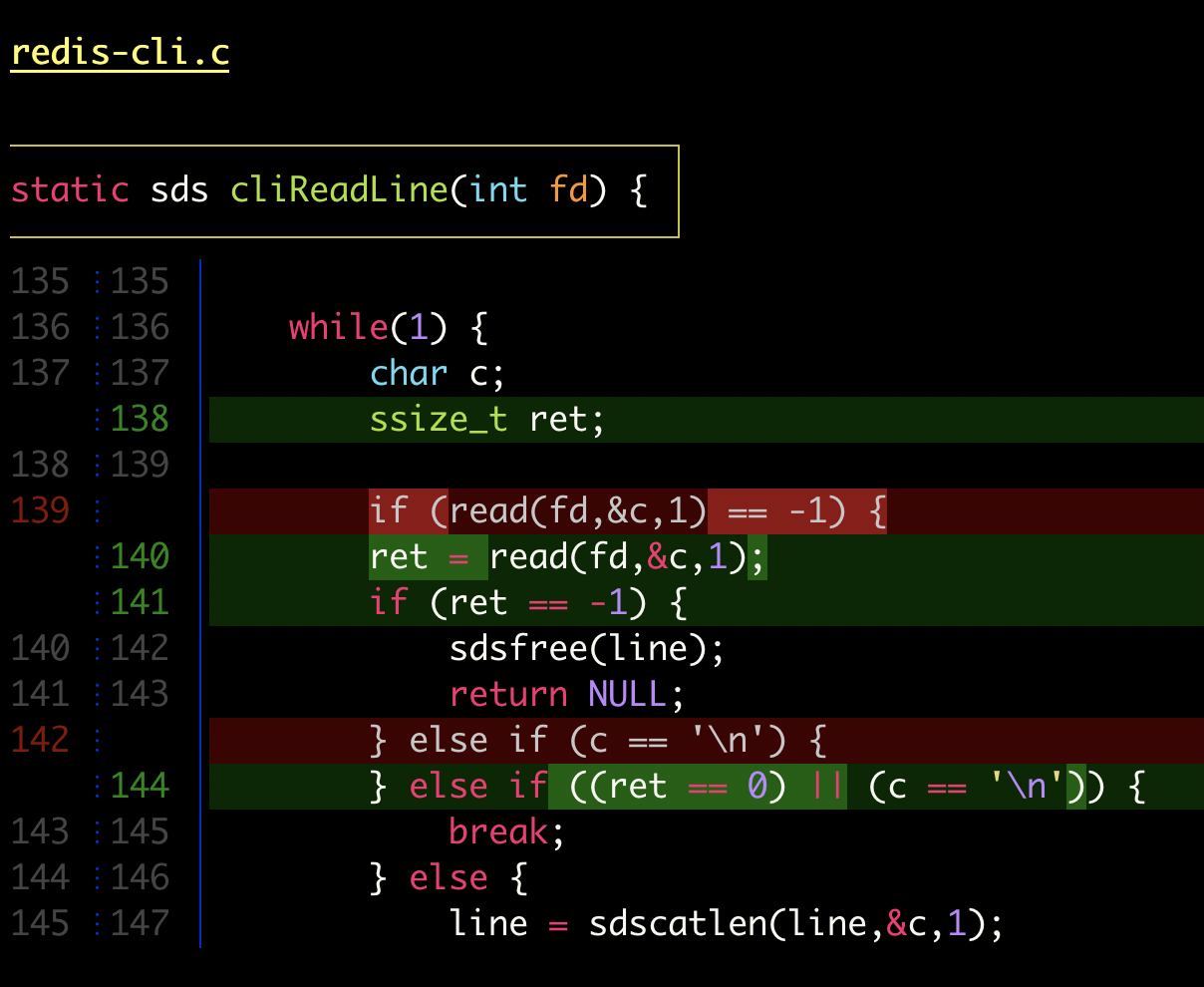131 private links
Comprehensions are a fantastic language feature in Python. They are an elegant alternative to manually constructing and populating data structures. Comprehensions are declarative – they just say what they are, as opposed to the implicit logic of manual looping. When it comes to simple object creation, comprehension should be used whenever possible. This goes not just for lists, but also for dictionaries and sets.
However, a widely perceived drawback to comprehensions is that they are harder to debug. When something goes wrong with a manual loop, the first thing to do is to print out the iterated values as they turn up. But the values of a list comprehension can’t be accessed, so print-debugging isn’t possible. To deal with this, it’s common to unravel the comprehension into a manual loop. Manual loops are uglier and more complicated and more error-prone than comprehensions, but that’s the price that must be paid for debuggability.
rr aspires to be your primary C/C++ debugging tool for Linux, replacing — well, enhancing — gdb. You record a failure once, then debug the recording, deterministically, as many times as you want. The same execution is replayed every time.
rr also provides efficient reverse execution under gdb. Set breakpoints and data watchpoints and quickly reverse-execute to where they were hit.


How do you find hundreds of vulnerabilities hidden in millions of lines of firmware code?
Vim 8.1 was released about a year ago, in May 2018. The “main new feature” was official support for running a terminal within vim. Along with this came a built-in debugger plugin, termd…
git-bug - Distributed bug tracker embedded in Git
If the code isn’t working the way you think it should, then something about your assumptions is wrong. Look through code to ensure that all the pieces work as you expect them to. Step through the code with a debugger if you can and look for any surprises.
Selenium automates browsers. That's it! What you do with that power is entirely up to you. Primarily, it is for automating web applications for testing purposes, but is certainly not limited to just that. Boring web-based administration tasks can (and should!) also be automated as well.
Selenium has the support of some of the largest browser vendors who have taken (or are taking) steps to make Selenium a native part of their browser. It is also the core technology in countless other browser automation tools, APIs and frameworks.
KernelShark is a front end reader of trace-cmd(1) output. "trace-cmd record" and "trace-cmd extract" create a trace.dat (trace-cmd.dat(5)) file. kernelshark can read this file and produce a graph and list view of its data.
